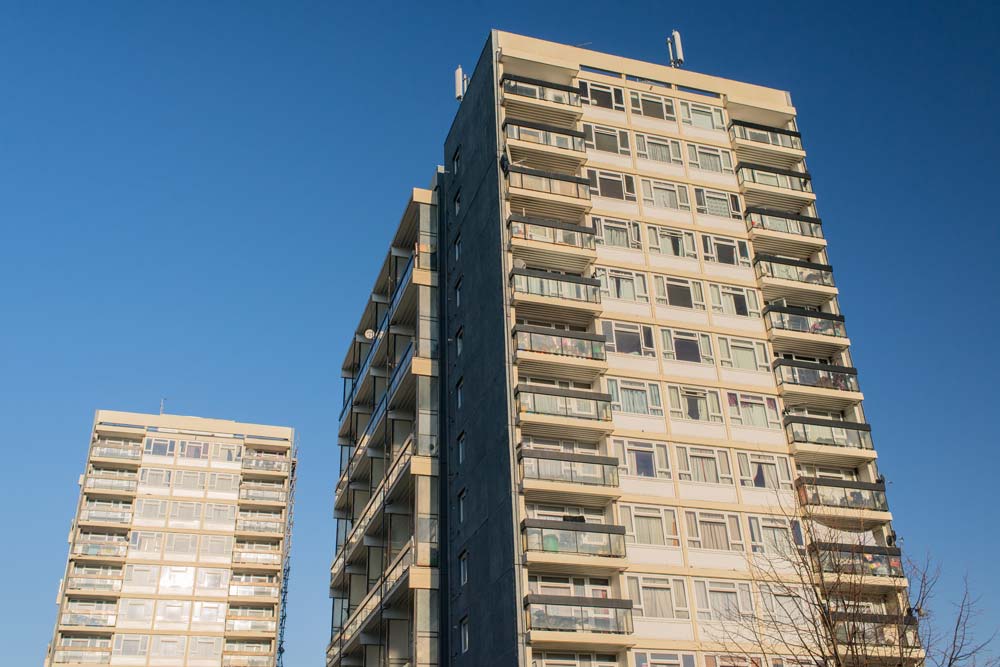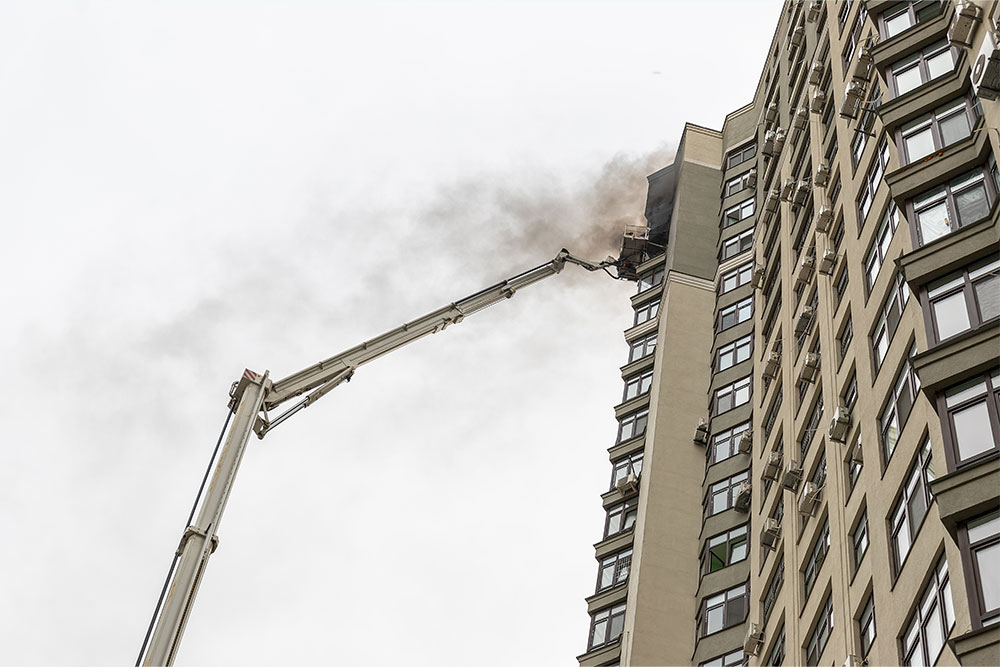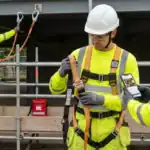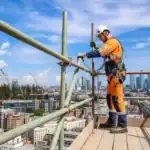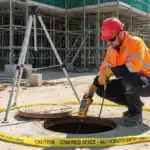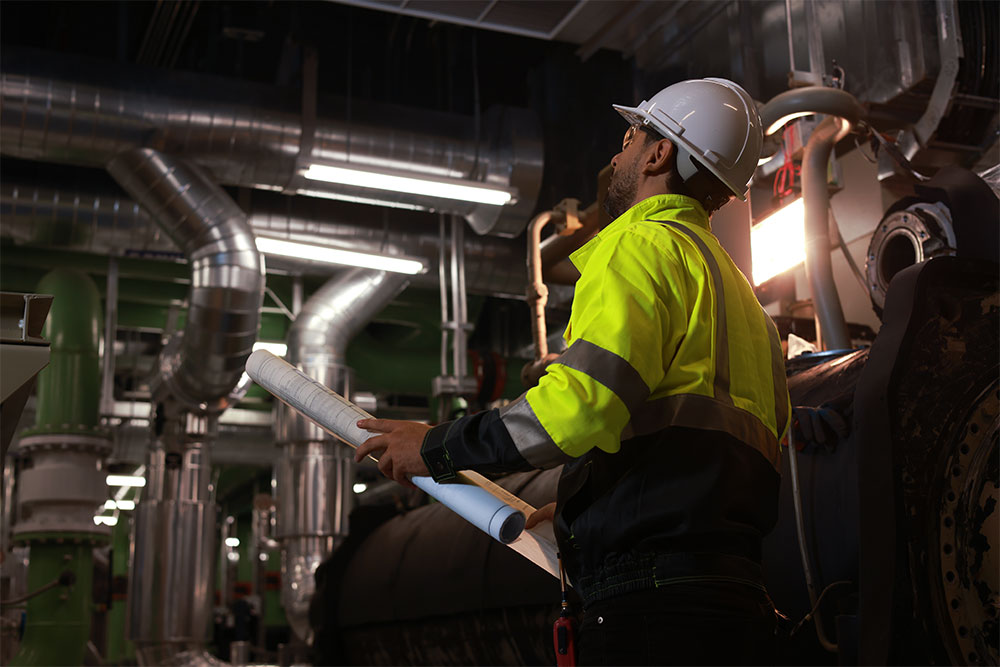
Non-domestic buildings must be protected from fire risks. This duty falls on the “responsible person” – the individual in charge of the property. They must assess fire risks and put in place the necessary safety measures, including fire stopping.
If you’re the responsible person for your building, you must ensure that fire stopping is installed, inspected and maintained in line with regulations.
This guide offers an overview of the relevant fire stopping regulations, so you can be confident your building is compliant and safe.
Key Takeaways
- Fire stopping is essential for containing fire and smoke within one place in a building.
- The Regulatory Reform (Fire Safety) Order 2005 requires the “responsible person” to ensure that fire stopping measures are correctly installed, maintained and inspected.
- The Building Regulations 2010 provide guidance for fire stopping in buildings under construction or undergoing major alterations.
- Common fire stopping methods include fire-resistant sealants, intumescent coatings, firestop collars and fire-rated boards.
- Fire stopping measures must carry appropriate fire ratings based on the building’s needs.
- Regular inspections and maintenance are vital to ensure fire stopping systems remain effective and compliant with regulations.
What is Fire Stopping?
To slow the spread of fire and smoke, buildings should be divided into compartments.
These compartments are separated by fire-resistant barriers (e.g., walls, floors and doors). But gaps and service penetrations (openings made for pipes, cables and ducts) between compartments can let flames and smoke through.
Fire stopping is the process of sealing these gaps to keep the fire contained within one compartment. Preventing fire and smoke from spreading through a building this way gives occupants more time to evacuate and helps limit property damage.
Fire stopping regulations make this necessary for all non-domestic structures.
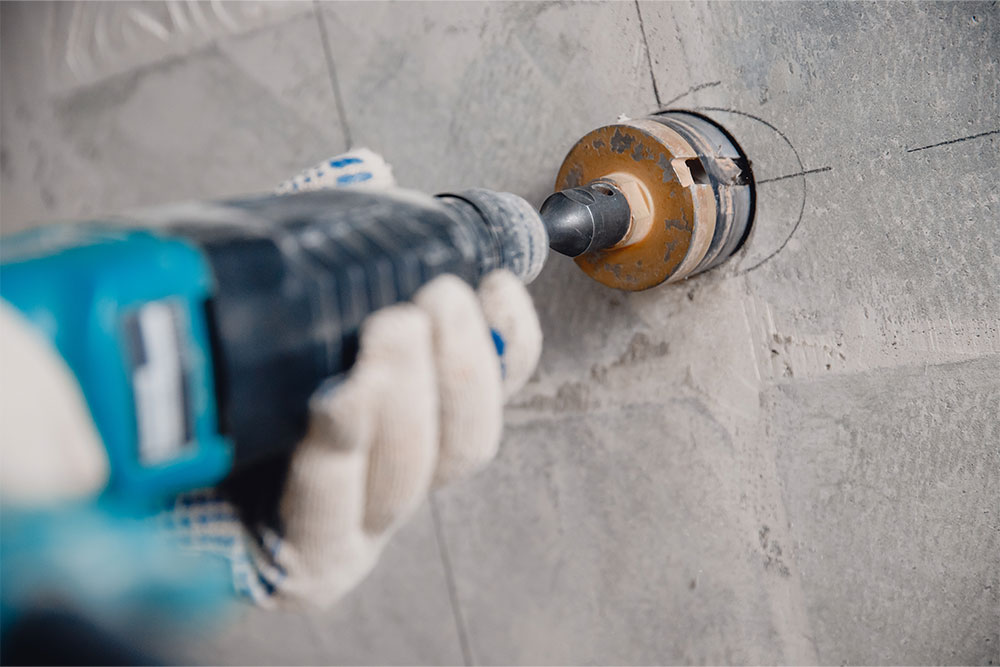
Fire Stopping Regulations
Existing non-domestic buildings must comply with fire safety legislation, most notably the Regulatory Reform (Fire Safety) Order 2005 (FSO).
Compliance with the FSO rests with the responsible person. For workplaces, this is the employer. For other non-domestic properties, it’s the building owner, manager or landlord, depending on the premises.
If you’re responsible for fire safety, your first and most important duty is to carry out a fire risk assessment. This is a systematic review of your property’s fire risks and how they can be eliminated or reduced to safe levels.
Fire stopping is one method of reducing fire risk. Based on your fire risk assessment findings, you must ensure that fire stopping measures are installed, maintained and inspected correctly.
Fire Stopping Training
Our Fire Stopping Training course equips responsible persons with the knowledge to select, install and maintain effective fire stopping systems in line with legislation. The course also highlights the vital role of fire stopping measures in passive fire protection.
Fire Stopping Regulations in Construction
The FSO applies to existing buildings. Fire stopping in buildings under construction (or being altered) must comply with the Building Regulations 2010, specifically Part B of Schedule 1, which covers fire safety.
You can read more about fire stopping regulations in construction here.
Appointing Third Parties
As a responsible person, you have the legal duty to manage fire safety, but you don’t have to handle everything yourself.
It would be unrealistic to expect employers or building owners to develop the expertise necessary to take on every fire safety duty without support. So, fire safety regulations allow you to delegate to competent third parties.
(You can’t discharge your responsibility, however. If the person you’ve appointed isn’t competent and their work is non-compliant, you’ll still be held accountable.)
Fire stopping is one area where third parties are often necessary. Correctly sealing gaps and penetrations in fire-resistant barriers requires experience and training.
Competent contractors can ensure that the measures are installed, maintained and inspected in line with official guidance. While no formal qualifications are needed, contractors should demonstrate competency through relevant experience, accredited certifications or membership to industry bodies.
Common Fire Stopping Methods
To effectively contain fire and smoke, several fire stopping methods are commonly used to seal gaps and service penetrations:
- Fire-resistant sealants: These flexible materials are used to fill small gaps around pipes, cables and ducts. When exposed to heat, they expand and create a barrier that blocks fire and smoke from spreading.
- Intumescent coatings: Applied as paint, these coatings expand when exposed to high temperatures, forming a protective layer for structural elements and compartments.
- Firestop collars: These collars contain intumescent material and are placed around plastic pipes. In the event of a fire, the collar expands to block the gap left by the melting pipe, preventing fire from passing through.
- Fire-rated boards: These rigid boards can be cut to size and fitted over larger gaps or penetrations in walls and floors to separate compartments.
- Fire pillows and blocks: Flexible fire-resistant pillows or blocks are stuffed into larger openings, such as cable trays, to prevent fire from spreading while still allowing future maintenance access.
Fire Ratings
Fire stopping measures carry a fire rating – a measurement of how long they can resist fire before failing.
There are three standard ratings:
- 30 minutes
- 60 minutes
- 120 minutes
The Building Regulations Approved Document B provides guidance on selecting the right fire stopping measures and ratings for different buildings.
Higher fire ratings are required for busy or complex buildings, as occupants will need more time to evacuate.
Importance of Regular Inspections and Maintenance
Fire stopping measures are a critical part of a building’s passive fire protection system, which is designed to contain fires and prevent them from spreading.
Despite the term “passive,” these systems require regular inspections and maintenance to remain effective. Over time, building modifications or wear can compromise fire stopping, creating gaps for fire to spread through.
Under the FSO, you must ensure that passive fire protection measures, including fire stopping, are regularly checked and maintained to stay compliant with fire safety laws.
Fire Stopping Training
Ensuring that fire stopping measures are compliant is essential for your building’s fire safety.
Our online Fire Stopping Training course provides clear guidance on installing, inspecting and maintaining fire stopping measures in line with fire protection legislation. It covers choosing materials with appropriate fire ratings and determining where they’re needed.
The course has also been approved by the Institute of Fire Safety Managers (IFSM), which proves it meets the highest industry standards for content, delivery and overall quality. With IFSM-approved training, you can ensure your contractors or teams are equipped with the skills needed to meet legal specifications and safeguard buildings.
